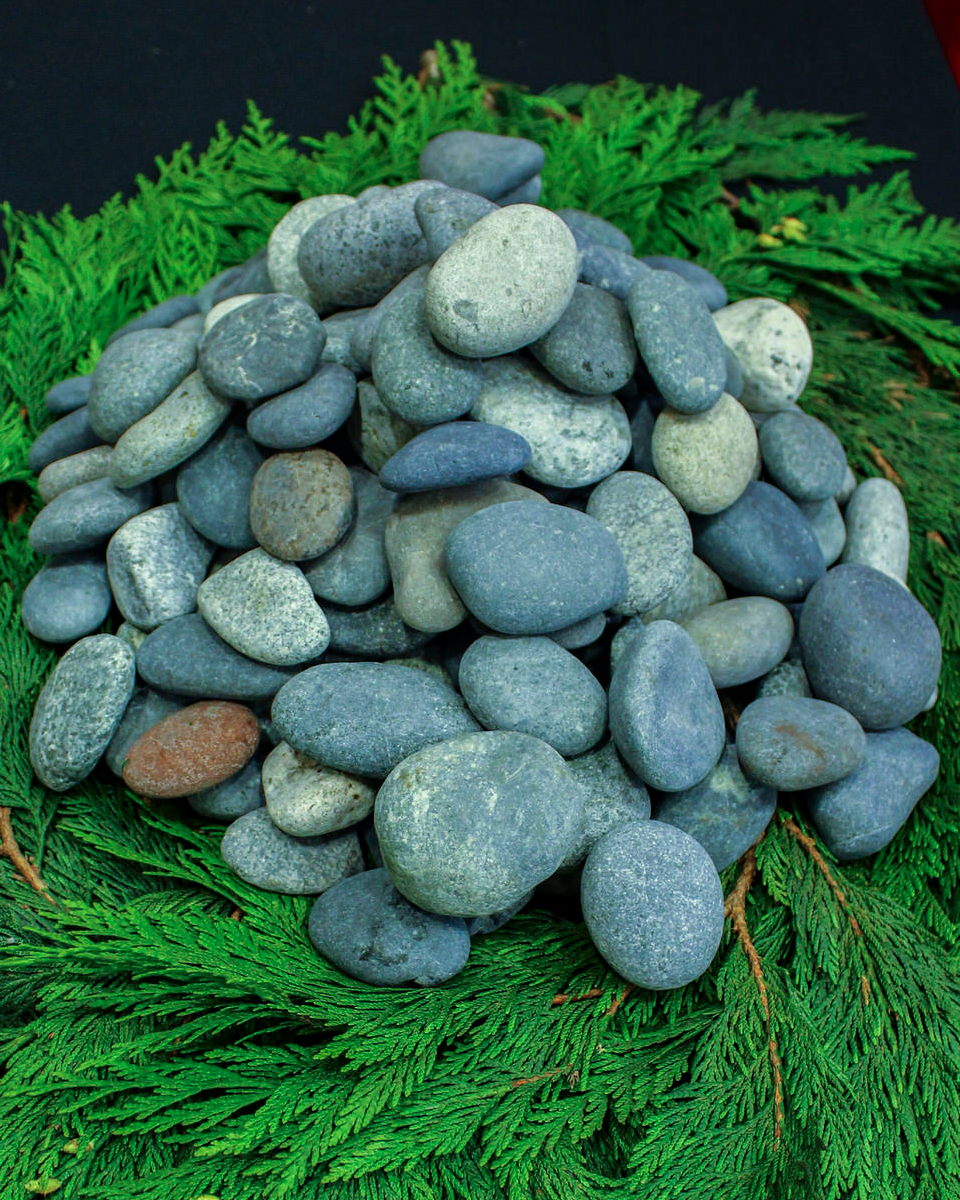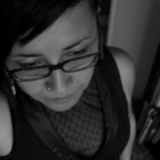 Interactive performance by Farheen HaQ, with rocks as
Interactive performance by Farheen HaQ, with rocks as
shared collectively as an offering during the PC/Cp
Welcoming Ceremony. Photo credit: Sionnan Phillips.
spanish is the first language i heard understood spoke
until i was seven it was my only language
it was my love language
fun language
school language
shame and pain language
until i was seven it was my only language
but then came english unapologetically clinging to my throat and bones
incruptandose en mi memoria hasta que spanish became misunderstood misspoken missed
my english.thinking.reading.writing.talking brain gives my belly a nauseated tight churning at the thought of carrying a whole panel discussion (what is latinx art?) on the weakness of my spanish tongue
because
i speak english better
and she speaks spanish better and french
my french is nominal at best
but we both speak spanish clearly the language for this panel
pero…
i don’t i rarely speak of colonization and reconciliation and intersectional identities and settlerdom and indigeneity and my art practice in spanish
the words they are hard to find mostly unfamiliar mostly unknown
unknown mostly to my 7 year old spanish speaking self
?
this
is where the translation angels step in and translation booths multiply
spanish to english to french english to french to spanish french to spanish to english
instant alleviation!
the discussion begins…
(we are: mujer, inmigrante, colombiana, chilena, bilingue, hija, madre, tia, hermana, revolucionaria, indigena, feminista, queer, actor, cisgender, director, playwright, teacher, painter, performer, stage manager, writer, multidisciplinary artist)
entonces:
how do we four latinx womyn artists sitting around this table invite indigenous communities into our art practice without being dangerously tokenistic?
how do i as an immigrant reconcile my place on this land?
how do i create work that acknowledges my own unspoken, denied and shamed indigeneity without causing further harm?
how do latinx people take our space in “canadian” art?
what/who defines what is latinx art?
…what is latinx?
does being a person of latinx heritage unconditionally make your art latinx?
if you immigrated as an adult and were an artist in your home country, is your art latinx-canadian? just canadian? colombian-canadian? chilean-canadian?
how does queerness fit into this equation? queer latinx canadian artist?
what examples do we have of other latinx artists working in canada? in latin america? in other countries/continents?
and beyond our art….what is our responsibility?
we need to learn our own indigenous history alongside learning the history of indigenous communities whose land we live on
we need to learn the history of latinx artists on turtle island
we need to learn that sometimes the learning comes from stepping back and holding space for others
sometimes the learning comes from sitting around a mapudungun.spanish.french.english speaking table and letting the learning flow through you not from you

Janet Romero-Leiva is a queer feminist latinx visual artist and writer whose work explores immigrant displacement, denied aboriginality, and the experience of living between the south and the north, between Spanish and English, between memory and truth "i am moved and inspired by the writing of Gloria Anzaldua and Nayyirah Waheed, the art of Yolanda Lopez, the music of Rae Spoon and Carla Morrison, the nakedness of trees in winter, moments of love shared in an instant, the desire for a just and fair existence for all, and the lines on the faces of strangers" @janetromeroleiva | janet.romero.leiva@gmail.com